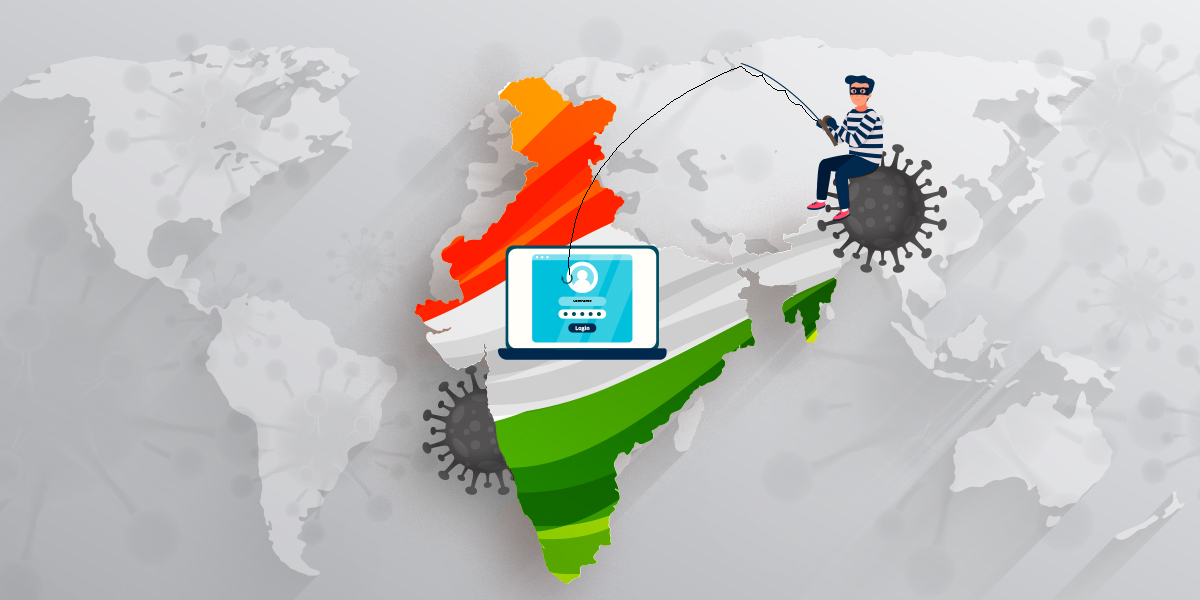In the rapidly evolving digital landscape of global conflict, wiper malware has emerged as a devastating tool in the arsenal of nation-state threat actors. This strain of malware, designed to delete data and render systems inoperable irreversibly, has become a preferred weapon in cyber warfare and espionage activities. The urgency of this rising threat cannot be overstated, necessitating immediate action to bolster cybersecurity measures.
Recent statistics have shed light on the alarming increase in wiper attacks. One notable incident involved a significant cyberattack on Mobile Guardian, a leading mobile device management (MDM) provider, which resulted in the remote wiping of 13,000 devices in Singapore. Regardless of industry, wiper malware poses a growing concern for organizations of all sizes. As wiper malware continues to advance, its role in cyber warfare and espionage activities is becoming increasingly apparent.
The Rising Popularity of Wiper Malware Among Nation-State Threat Actors
Although the exact motivation and identity of the actors behind the Mobile Guardian attack remain unclear, wiper malware has become the tool of choice for nation-state threat groups rather than individuals. This preference stems from wiper malware’s ability to inflict rapid and devastating damage, making it an ideal weapon for those seeking to erase evidence and disrupt operations without leaving a trace. Just as sensitive documents were once physically burned to eliminate crucial records in the pre-digital era, wiper malware now serves a similar purpose in the cyber domain, enabling threat actors to cover their tracks and wreak havoc with alarming efficiency.
Even though North Korea-based Lazarus, among a horde of nation-state threat actors, prefers ransomware for collecting funds to strengthen their arsenal for future attacks, they also have a growing liking for wiper malware for several reasons, such as causing disruption and inoperability. Wiper malware has become increasingly popular among nation-state threat actors due to its ability to inflict irreversible damage on target systems, effectively crippling operations without the possibility of recovery. Unlike ransomware, which offers victims the chance to pay for data decryption, wipers are designed to permanently erase data, ensuring that the impact is both immediate and long-lasting.
The surge in wiper attacks can be attributed to their effectiveness in cyber warfare and espionage. For example, during the early stages of the Russia-Ukraine conflict, several wiper malware families, including Sandworm, WhisperKill, WhisperGate, HermeticWiper, IsaacWiper, CaddyWiper, and DoubleZero, were deployed to disrupt Ukrainian infrastructure. Sandworm, also known as Fancy Bear and identified as APT 44, recently executed multiple attacks, including a supply chain breach that led to the deployment of wiper malware. This compromised critical infrastructure networks in Eastern Europe and Central Asia and targeted a specific victim organization.
Read More: How Threat Actors Exploited the CrowdStrike Outage to Distribute Remcos RAT
In early 2024, a novel wiper strain, AcidRain, caused significant disruption by targeting modems and routers. This led to an operational halt of 5,800 wind turbines in Germany and impacted thousands of organizations across Europe. These attacks targeted critical IT systems and communication networks, undermining the country’s ability to coordinate defenses and respond effectively.
In the Middle East, Iranian nation-state actors linked to the Ministry of Intelligence and Security (MOIS) have also embraced wiper malware. Groups like Scarred Manticore and Void Manticore have used custom wipers to execute destructive campaigns, such as targeting over 40 Israeli organizations. These attacks often involve the destruction of system partitions, rendering data permanently inaccessible and causing significant operational downtime.
As these examples illustrate, wiper malware is becoming a go-to tool for nation-state threat actors seeking maximum disruption. Its growing popularity underscores the evolving nature of cyber warfare, where the ability to cause widespread and lasting damage is highly valued.
The Critical Role of Data in the Digital World and the Impact of Wiper Malware on Enterprises
In the digital age, data is the backbone of virtually every aspect of modern life, from business operations to personal communications. Wiper malware, a malicious software designed to delete or corrupt data, plays a devastating role in cyber warfare, effectively rendering data useless and disrupting operations.
One common type of wiper malware targets files directly, systematically deleting them to ensure they cannot be recovered. This type of attack can cripple an organization by removing critical files, disrupting services, and causing a cascade of operational failures. The deletion is often irreversible, especially if the malware overwrites the data multiple times, making recovery through traditional means impossible.
Another, more insidious type of wiper targets the system partition table, a crucial operating system component responsible for locating and accessing data on a disk. By corrupting or destroying the partition table, wiper malware can render all data on the affected disk inaccessible, even though the data remains untouched. This tactic is particularly effective in cyber warfare, as it disrupts access to critical information and complicates recovery efforts. Without a functional partition table, the operating system cannot locate the data, leaving organizations struggling to regain access even if the underlying data remains intact.
Wiper malware strikes at the core of an organization’s digital assets, disrupting operations, causing financial damage, and eroding trust. Its role in cyber warfare is particularly significant, as it offers nation-state threat actors a means to inflict maximum damage with minimal chances of recovery, effectively turning data from a valuable asset into a liability.
Read More: Understanding Indicators of Attack (IoAs): A Personal Guide for Enterprise
Mitigations for Wiper Malware Protection
The growing popularity of wiper malware underscores the urgent need for robust cybersecurity strategies. Organizations must recognize the importance of safeguarding their data and infrastructure against the potential devastation caused by wiper malware. This involves implementing comprehensive security measures and adopting best practices to minimize the impact of such attacks. Listed below are some mitigation steps:
- Regular Data Backups: Implementing a rigorous backup strategy is essential. Regularly backup critical data and store it in a secure, offsite location to ensure that data can be recovered in the event of a wiper attack.
- Multi-layered Cybersecurity Solutions: Deploying a multi-layered security approach that includes intrusion detection systems and endpoint security software such as K7 EndPoint Security can help detect and prevent wiper malware from infiltrating your network.
- Network Segmentation: Segmenting your network limits the spread of malware and isolates infected systems, reducing the potential damage.
- Patch Management: Regularly update and patch all software and systems to protect against vulnerabilities that could be exploited by wiper malware.
- Incident Response Plan: Develop and regularly update an incident response plan that includes specific procedures for responding to wiper malware attacks.
By adopting these measures, organizations can significantly reduce their vulnerability to wiper malware, ensuring better protection against the growing threat posed by these destructive tools in cyber warfare.











